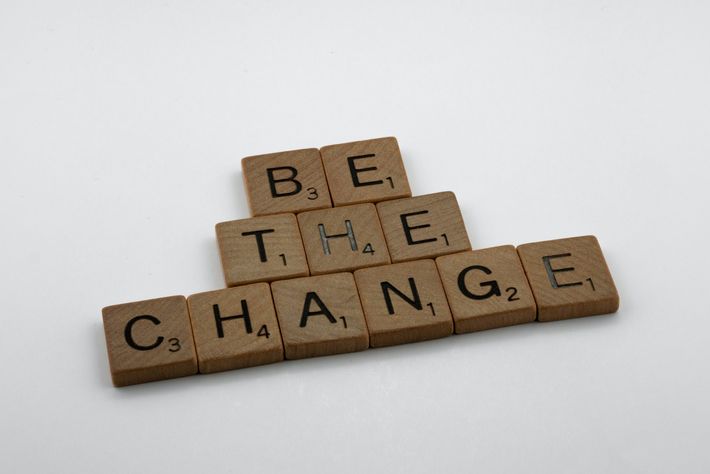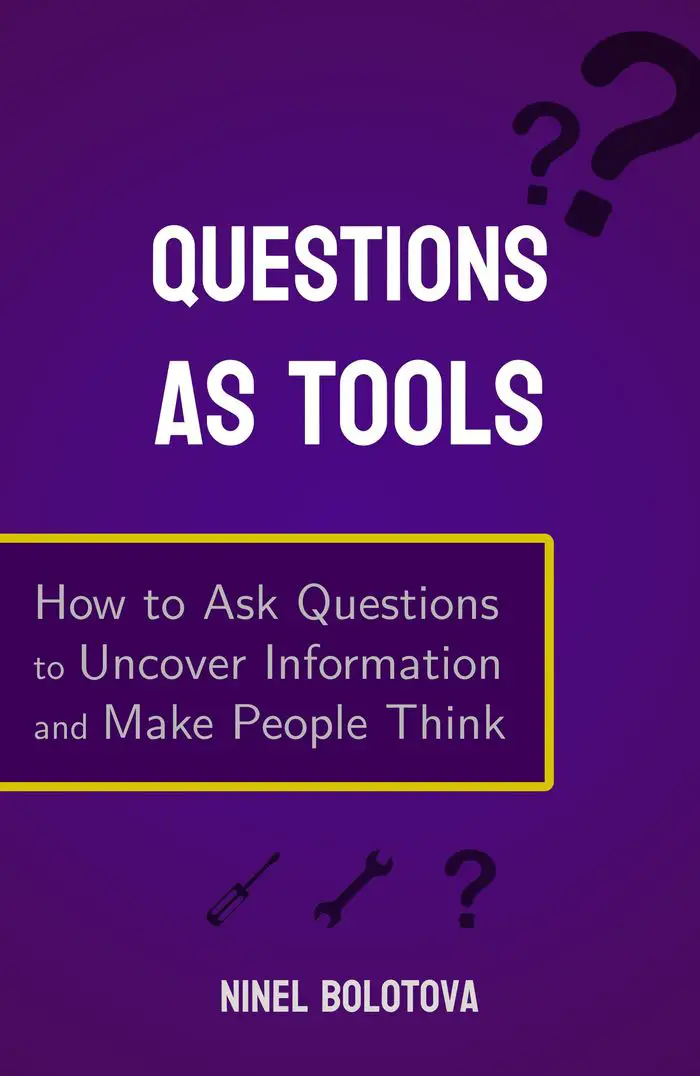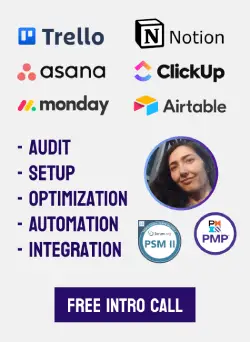Developing an Agile Mindset: Key Values and Principles Applied
Agile methodologies are successful when people involved share certain values and principles.
Agile mindset is an approach that focuses on learning, action, collaboration, adaptation, and innovation.
In this article, we’ll discuss what the Agile mindset is, how it’s different from Lean and Growth mindsets, and how it could be implemented beyond your workspace.

photo by @austindistel on Unsplash
Agile mindset vs. Growth mindset
A popular concept similar to the Agile mindset is the Growth mindset. The term was coined by Carol Dweck in her book, Mindset: The New Psychology of Success.
Similarities between Agile and Growth mindsets:
- Embracing the challenge and complexity
- Feedback is appreciated and sought after
- Failure is an opportunity to learn
- Constant improvement and moving forward
- Create small wins by changing your habits
But a Growth mindset is about personal development, whereas an Agile mindset is mostly used in the context of teamwork and product delivery.
Another difference is in what those mindsets are opposing.
Fixed mindset: either you have talent or you don’t
The opposite of a growth mindset is a fixed mindset.
Fixed mindset says that we have to play whatever hand we were dealt. At best, you could try playing your cards better, you could try cheating at the game, but you’re stuck with whatever cards you have at hand.
People with a fixed mindset:
- Avoid challenges and negative feedback
- Don’t act on feedback, whether positive or negative
- Feel threatened by the success of others

photo by @brett_jordan on Unsplash
Waterfall methodology: a rigid, sequential approach
The opposite of Agile is an approach that goes by different names: traditional project management, Waterfall, some call it bureaucratic.
Characteristics of a waterfall project:
- The project has clear stages that have to be executed one after another.
- The next stage couldn’t be launched until the previous one is completed and signed off.
- Going to a previous stage to change something is costly and undesirable.
In its initial stage, a waterfall project analyzes the market, collects stakeholder perspectives and accounts for other important factors to produce requirements that are as accurate as possible.
But once the implementation has started, the end user feedback comes in when the product is basically completed.
A small mistake done upstream will snowball into big issues down the line.
In an Agile project, collecting requirements and feedback, designing, implementing, testing and delivering are not separate steps. They’re tightly intertwined and done in short iterations, each one building on the successes or failures of the last.
Traditional project management is hierarchical – there’s a manager who assigns tasks and monitors their execution and workers who implement the plan according to the specs.
In Agile, the team members form a self-managing entity, and each one is responsible for moving the development forward in the most efficient way.
Agile vs. Growth vs. Fixed vs. Waterfall
With the Fixed mindset, you hit a wall.
With the Waterfall mindset, you move along the railway track.
With Agile and Growth mindsets, you develop consistently, dynamically correcting your course.
You don’t have a finish line you can cross and rest on your laurels. There’s a constant movement towards a beacon, a vision, a goal.

photo by @robert-schrader on Pexels
Agile mindset vs. Lean mindset
Those terms are often used together or interchangeably, but they have a core difference. But first of all, let’s talk about the similarities.
Both Agile and Lean place great importance on eliminating waste.
Only do the required minimum to create a viable product and go from there. Don’t produce time and resource waste by creating features that won’t be used.
Other similarities between Agile and Lean:
- Products are based on customer demand
- Deferring commitment: waiting until the last responsible moment to make a decision
- Reducing lead time by eliminating wait time
- Employers are responsible for defining their method of working
- Continuous incremental process improvement (“Kaizen” in manufacturing)
- Looking for the most efficient way to get to the end goal

Differences between Agile and Lean
Lean thinking originates from manufacturing, and it’s all about improving the process.
Lean is best used with predictable, repetitive processes, aiming to make them as efficient as possible and perfect the flow.
Agile was conceived in the context of software development, and it’s aimed at improving the product. The creative work of constantly changing its design and functionality based on user feedback, emerging trends, and other factors. \
Agile is about experimentation, and this inevitably means running into dead ends and creating waste of time and manpower. The waste is minimized by using short iterative cycles, but it’s still there.
In the context of the Cynefin framework, Lean approach is best applied in the Clear domain (Best Practices), while Agile is most at home in the Complex domain (Emergent practices). Waterfall is at home in the Complicated domain (Good practices).

photo by @cottonbro on Pexels
Key values of an Agile approach
The Scrum framework is one of the approaches under the Agile umbrella but it has become synonymous with Agile in many ways.
The values defined in the Scrum Guide create a foundation, a soil that Agile can grow and thrive in.
Focus on your goals and on the tasks at hand.
Courage to face your mistakes and take active steps to improve.
Openness: being upfront and giving honest but tactful feedback.
Commitment. Being flexible but remaining committed to your goal.
Respect is at the core of all interactions.
Living by those values reinforces empiricism.
Empiricism asserts that knowledge comes from experience.
Decisions are made based on what is observed, on facts and evidence, not on what we theoretically think might be true.
Empiricism rests on three pillars: transparency, inspection and adaptation.
Three pillars of Empiricism applied
Transparency is about being honest and open
Transparency is a prerequisite to Inspection. If you inspect and make conclusions based on what actually isn’t there, or miss what is really happening, this would lead to incorrect decisions and create waste.
Transparency principle in action:
- The purpose of every step or task should be clear
- The current state of work should be visible to everyone involved
- Everyone involved should be aligned in their understanding of the goals and priorities
- If someone encounters an issue, they should be upfront about it, not being afraid of repercussions
Transparency is impossible to achieve without trust.
Inspection is about observation and critical thinking
It’s important to regularly check the progress and evaluate whether it gets you closer to your goals.
In practice, inspection aims to answer the questions like:
- What changed for the better?
- What changed for the worse?
- What is the pace of change?
- Have some unexpected issues arise?
- Can you improve anything based on the new information and feedback received?
Inspection is the basis for adaptation. Inspection without adaptation is meaningless.
Ultimately, what is the point of coming to conclusions if you don’t act on them?
Inspection and, on a personal level, self-reflection, are situational assessments meant to provoke change.

photo by @pluyar on Pexels
Adaptation is about active correction
Here’s the meaning of adaptation according to the Scrum Guide:
“If any aspects of a process deviate outside acceptable limits or if the resulting product is unacceptable, the process being applied or the materials being produced must be adjusted.”
This definition highlights the importance of transparency.
Everyone should be on the same page about what “acceptable” limits are for time, quality and so on, and what the goal you’re trying to achieve is.
Any necessary adjustments have to be done as soon as possible to minimize further deviation. Reducing deviation is another similarity between Agile and Lean.
Some of the questions to answer at the adaptation stage:
- What is the most likely cause of deviation?
- What have we tried before to fix it? Why didn’t it work?
- What was a successful solution in similar cases in others’ experience?
- Are the rules and goals clear to everyone?
Successful adaptation in Agile is possible when people who do the work are self-managing and empowered to make decisions and implement them
Principles of the Agile mindset in work and life
The concept of Agile came from software development, and is still mostly used in that context, but it’s used more and more for complex projects other than software.
Life itself is a project that is as complex as it gets.
Here are the principles of Agile generalized to apply to personal life:
1. Self-management and proactivity
You don’t expect the path to be shown to you. Based on the knowledge gained, you decide what needs to be done and how to do it.
When you’re a part of the team, you actively pitch ideas and give feedback on the others’ ideas, to come to an optimal solution.
You’re autonomous and proactive, and you expect other people to be, too.
2. Continuous feedback loop
Constantly seek feedback, draw conclusions from it, implement them, and inspect the results.
Negative feedback is valuable. Not everyone will have your best interests in mind, and not all criticism will be constructive – but even that might incidentally have some seeds of truth, or prompt you to have an idea for improvement.
This doesn’t mean you should let people be rude to you and thank them for whatever feedback they give, no matter what form it takes.
But it’s important to keep your mind open and not to take a defensive position whenever you hear something that clashes with what you think or like.
Learn – and coach others – to give open and constructive feedback.
Feedback is a critical element. Without it, you’re navigating the sea floor without a radar.

photo by @felippetiago on Unsplash
3. Respect is at the core of all interactions
From the Agile perspective, it’s implied that everyone involved has respect for each other and treats each other as equals.
Respect is deeply intertwined with trust. You can hardly trust someone you don’t respect, or respect someone you don’t trust.
In particular, respect is demonstrated with tolerance to failure. It’s important for people to know that they could try different solutions and act on their initiatives without being scolded for mistakes.
Respect others as much as you respect yourself.
4. Sustainable pace of development
It’s one of the principles behind the Agile Manifesto that isn’t mentioned as often as “early, continuous, and frequent delivery of valuable software” or the importance of self-organizing teams comprised of motivated and capable individuals.
In theory, a pace that was set should be maintained indefinitely.
So, the pace should be fast enough to allow for timely delivery and quick iterations. But it shouldn’t be accelerated at the expense of the quality of the results and the quality of life of the people involved.
5. Focus on the vision and the outcomes
It’s important to have a good understanding of what you’re trying to achieve – and what to avoid. This understanding should be shared between everyone involved.
Focus on the outcomes, not outputs. Being busy doesn’t mean being productive. If you spend a lot of time and produce a lot, but it doesn’t bring you closer to your vision and goals – a round of inspection and adaptation is due.

photo by @lilartsy on Pexels
6. Genuine desire to deliver value
In Agile, it’s the needs and preferences of the end customer that drive the development. Delivering value is the highest priority.
“How will this benefit the end user? How will it improve their life?”
Those should be the thoughts behind every product and every feature.
How does it translate to life in general? Answer the questions like:
- How does this action of mine add value to my life and to the lives of people important to me?
- What are my habits? Which ones are constructive or destructive, and in what way?
- For the things I already do well, is there a way to do them better, more efficiently?
- What are the things that don’t bring immediate obvious value, but are important in the long run?
7. Effective communication
Communication is the lifeline of… anything, really. It’s like blood running through your veins. If there are clots, some parts would malfunction.
Don’t assume that what is obvious to you is obvious to others. They probably also have some “obvious” things that they don’t even mention because they think it’s clear as day.
Let others know what you expect from them and what they can expect from you.
If there was a misunderstanding, make sure you’re on the same page. If something feels wrong – speak up.
Where do you need the Agile mindset?
Besides being beneficial at work and in daily life, the Agile mindset is necessary to successfully pass some of the top certification exams:
- The PSM certification exams test your understanding of the Scrum Guide, the values and approaches described there.
Related: preparing for PSM I, PSM II, and PSM III certifications. - The newer versions of the PMP certification focus on the Agile approach to management
- Agile Analysis Certification by the Institute of Business Analysis (IIBA-AAC) verifies your capability to use the Agile approach in the context of Business Analysis.
Conclusion
To bring changes to the organization, the Agile approach has to be embraced by the key stakeholders, people who drive the organization formally or informally.
You’re probably one of those people, but organizational change is a topic for another conversation.
But whatever your position you’re in, living by Agile values and principles will bring advantages.

 Ninel Bolotova is a workflow expert with a number of certifications in project management. She enjoys challenges related to process setup, automation and optimization.
Ninel Bolotova is a workflow expert with a number of certifications in project management. She enjoys challenges related to process setup, automation and optimization.